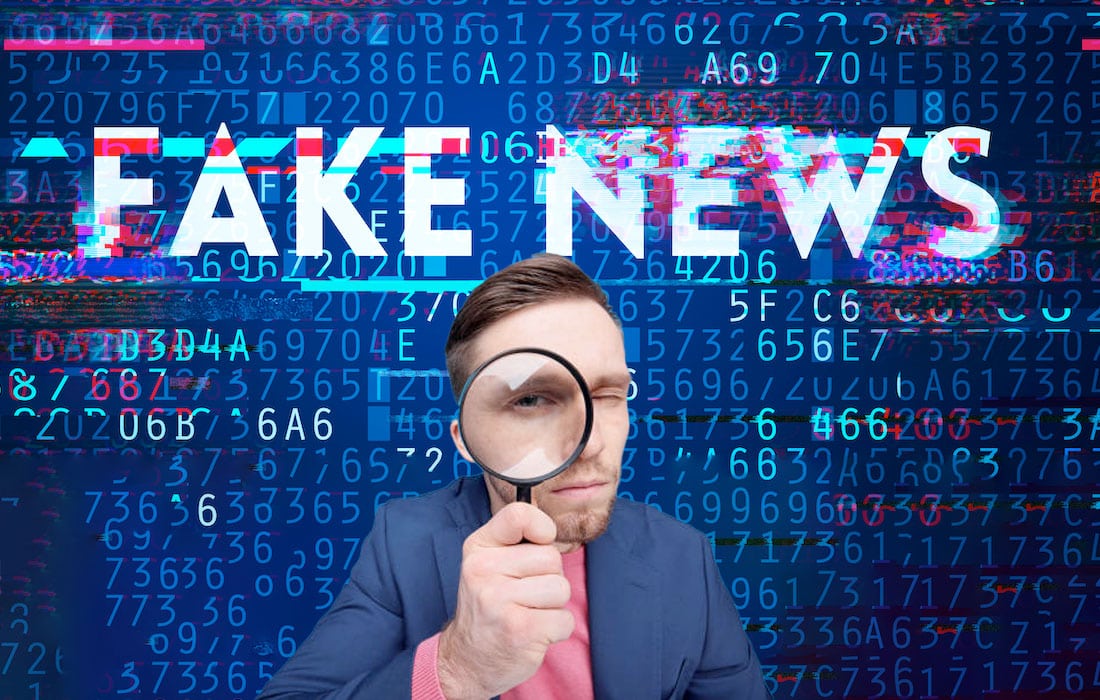How to spot fake news?
Fri 27 Oct 2023Look for outlets that report from various perspectives to ensure the credibility of a piece. Is the article distorted or not telling the full story?

Spotting fake news can be challenging in today’s information-saturated environment, but there are several strategies and techniques you can use to help identify it:
- Check the Source:
o Investigate the credibility of the source. Look for well-established, reputable news organizations, and be wary of obscure or suspicious websites.
o Be cautious of websites with unusual domain names, excessive ads, or low-quality design, as these can be indicators of unreliable sources. - Verify the Story:
o Cross-reference information with multiple sources. If a story is only reported by one source, it may be less reliable.
o Look for official statements or reports from authoritative organizations, government agencies, or experts on the topic to corroborate the information. - Scrutinize the Headline:
o Misleading or sensational headlines are common in fake news. Read the full article to understand the context and the actual content. - Examine the Writing Quality:
o Poor grammar, spelling mistakes, and a lack of professionalism in writing can be signs of fake news. Legitimate news outlets generally maintain high writing standards. - Check for Credible Quotes and Sources:
o Verify the sources and quotes used in the story. If a news article lacks named sources or relies on anonymous individuals, be cautious.
o Be skeptical of articles that attribute information to “experts” without specifying who these experts are. - Look for Dates:
o Check the publication date of the article. Some fake news stories resurface years after their initial publication to mislead readers about current events. - Fact-Check:
o Use fact-checking websites or tools like Snopes, FactCheck.org, or Politifact to verify the accuracy of a claim or story.
o Be cautious if a story aligns too perfectly with your existing beliefs or preconceptions. Confirmation bias can make you more susceptible to fake news. - Investigate the Images and Videos:
o Reverse image search can help identify if images are being misrepresented or taken out of context.
o Video manipulation techniques, such as deepfakes, are becoming more prevalent. Be critical when viewing videos and check their authenticity. - Consider the Tone and Bias:
o Fake news may use extreme or emotionally charged language to evoke strong reactions. Analyze the tone and evaluate the objectivity of the content. - Be Wary of Clickbait:
o Clickbait headlines often lead to sensationalized or misleading content. If a headline promises something too good to be true or too shocking, it may be fake. - Check for Authoritative Citations:
o Legitimate news articles often include citations to official reports, studies, or reputable publications. Verify these references. - Consult Experts:
o When in doubt, seek input from experts in the field, such as fact-checkers, academics, or specialists who can provide insights and context. - Use Critical Thinking:
o Cultivate a healthy dose of skepticism. Question the information you encounter and don’t immediately accept it as fact.
o Consider the motivations behind the creation or dissemination of the information. Ask who benefits from spreading this news. - Avoid Sharing Without Verification:
o Before sharing a story, verify its accuracy. Social media amplifies fake news, so refrain from sharing unverified information.
Remember that fake news can take various forms, from political propaganda to hoaxes, conspiracy theories, and misinformation. Being a critical consumer of information and practicing media literacy are essential in the age of online information.

 Jun 28 2024
Jun 28 2024












